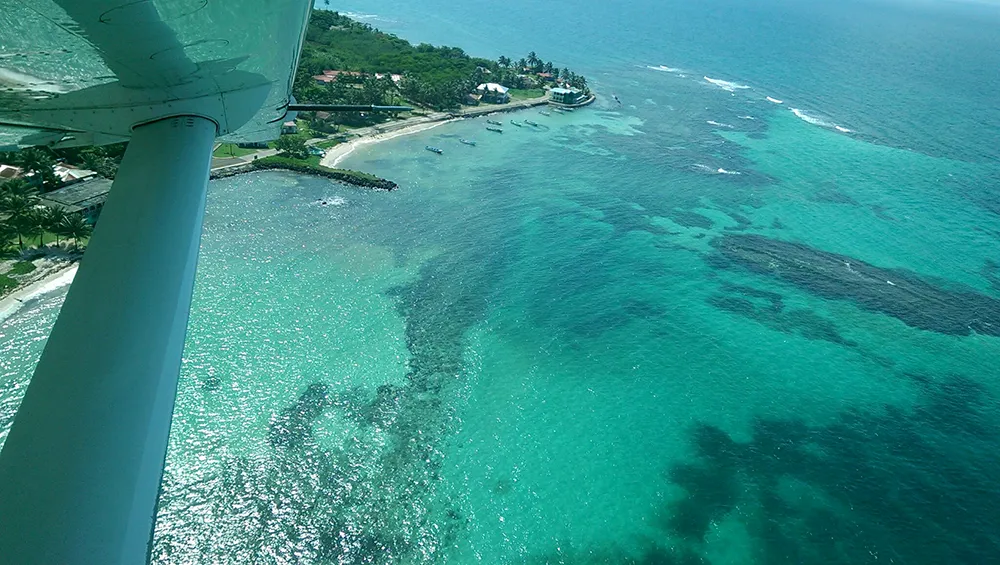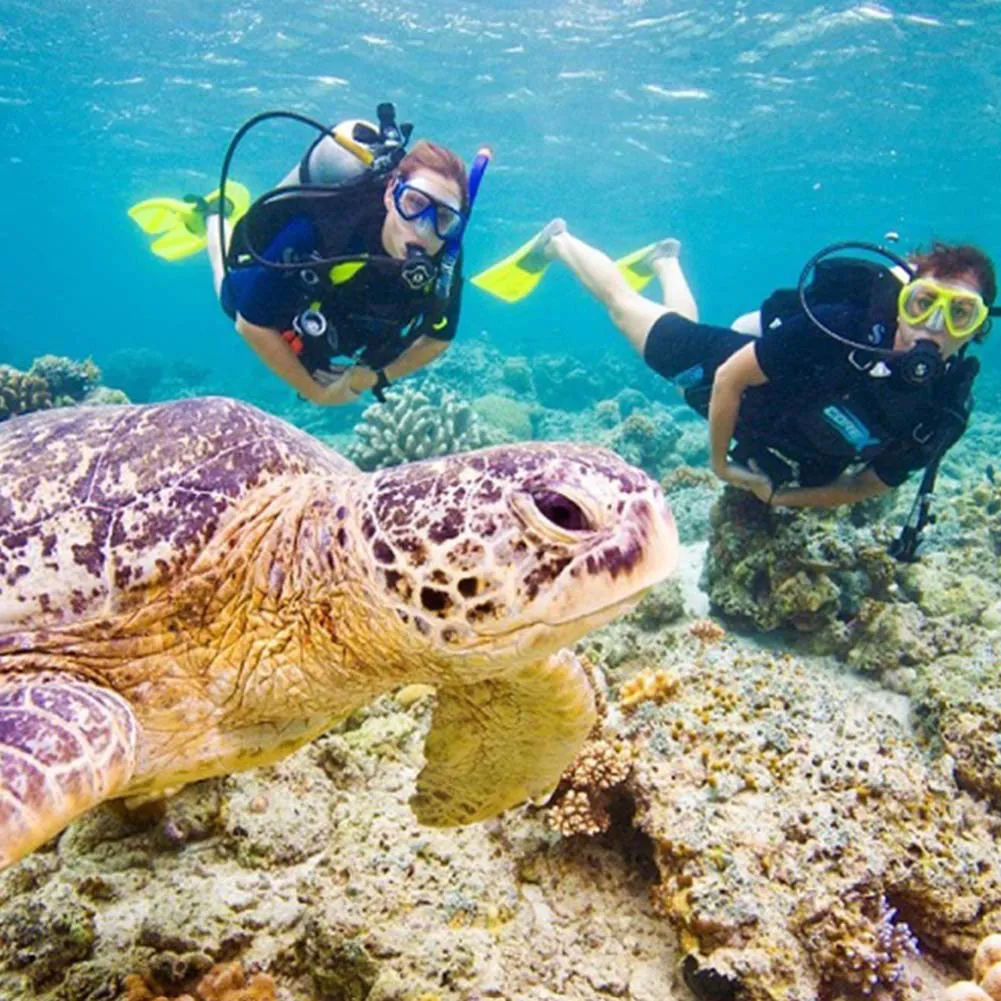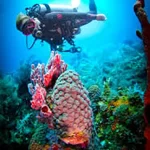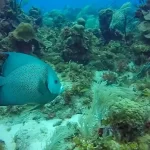Corn Island diving is a fantastic experience for those who love to explore underwater ecosystems. Corn Island is the best scuba diving destination. The Corn Islands are located in the Caribbean Sea, off the coast of Nicaragua, and consist of two main islands: Big Corn Island and Little Corn Island. Both islands offer excellent diving opportunities. Here’s what you should know:
Marine Diversity:
Corals: The coral reefs around the Corn Islands are in an excellent state of conservation and are home to a wide variety of hard and soft corals. These corals provide essential habitat for many species of fish and other marine creatures.
Reef Fish: The coral reefs of the Corn Islands are home to a great diversity of reef fish. You can find angelfish, parrotfish, surgeonfish, clownfish, pufferfish, gobies, damselfish and many others. It is also possible to see large schools of fish moving in colorful formations.
Sharks: The Corn Islands offer opportunities for shark sightings. The nurse shark is common in the area and can often be spotted during the dives. In addition, there are occasional sightings of black tip sharks and white tip sharks.
Stingrays: Stingrays are another marine attraction in the Corn Islands. Eagle rays and spotted stingrays are some of the species that can be found in the region.
Sea Turtles: The Corn Islands are important for the conservation of sea turtles. You may have the opportunity to see hawksbill turtles, green turtles and other species during your dives. These islands are an important nesting site for turtles.
Cephalopods and Crustaceans: Octopus, cuttlefish and shrimp are common on the reefs of the Corn Islands. The diversity of cephalopods and crustaceans adds excitement to the dives.
Macro Creatures: If you are a lover of underwater photography, you will be happy to know that the Corn Islands are also home to a wide variety of macro creatures. This includes seahorses, frogfish, nudibranchs and other small and colorful organisms.
Wrecks and Shipwrecks: In addition to marine life, you can also explore wrecks and shipwrecks around the Corn Islands. One of the best known wrecks is the “Wreck of the Mystic”, which is located near Big Corn Island.
The marine diversity in the Corn Islands makes it an exciting and fascinating dive destination. Healthy reefs and varied marine life make diving in these islands an unforgettable experience for divers of all levels. It is important to dive responsibly and respect the marine environment to preserve the beauty and biodiversity of this region.
Emblematic Dive Sites
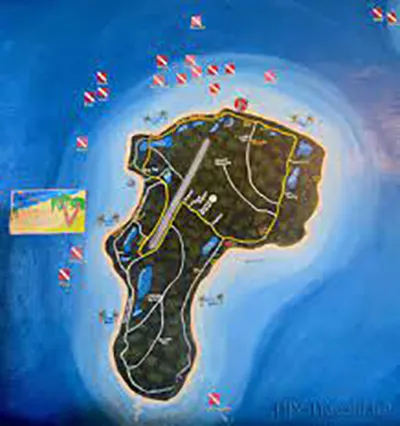
Some of the popular dive sites around these islands include:
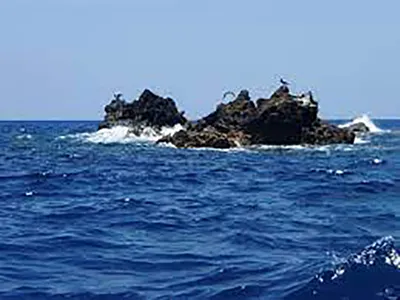
Blowing Rock: Located off the coast of Little Corn Island, this is one of the most famous dive sites. It has an impressive underwater stone column with abundant marine life, including sharks, rays and large schools of fish.

The Blue Hole: This site is located near Big Corn Island and is known for its deep underwater hole that descends to approximately 30 meters (100 feet). It is an excellent site for advanced divers and offers the possibility of seeing nurse sharks and other large sea creatures.
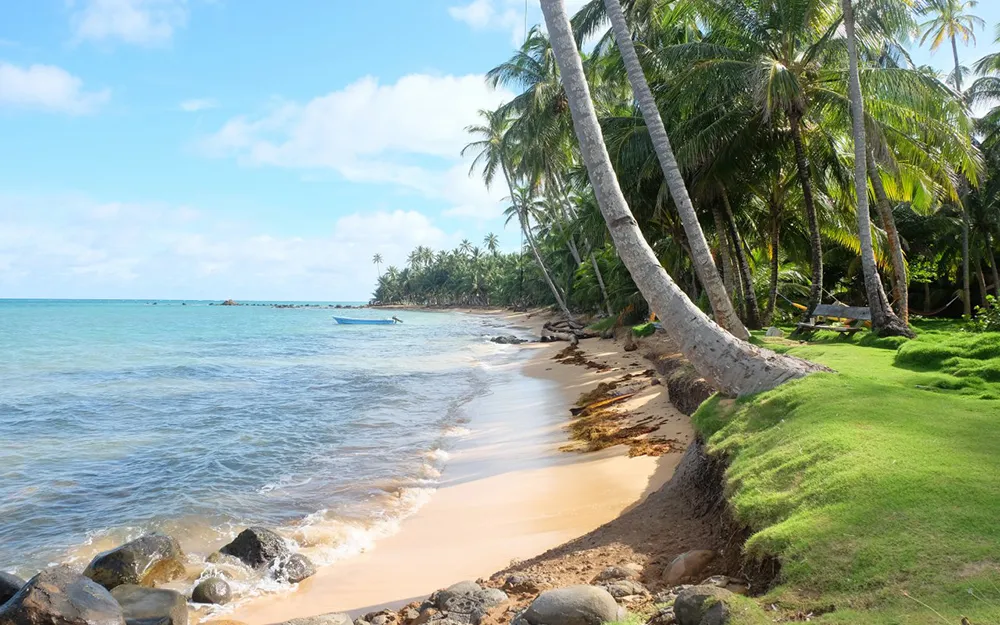
Sally Peaches: Located on the southeast side of Little Corn Island, this site is known for its coral formations and the possibility of spotting seahorses, frogfish and octopus.
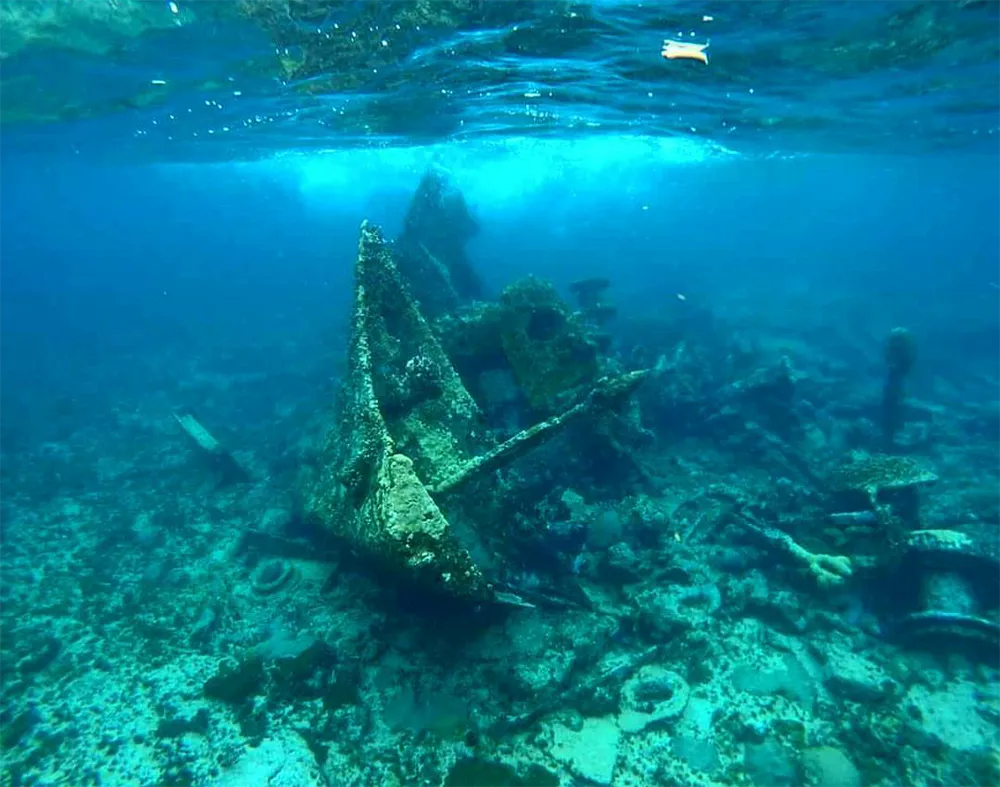
The Wreck of the Mystic: This wreck is located off the coast of Big Corn Island and is home to several species of fish and coral growth. It is a popular site for both beginner and experienced divers.
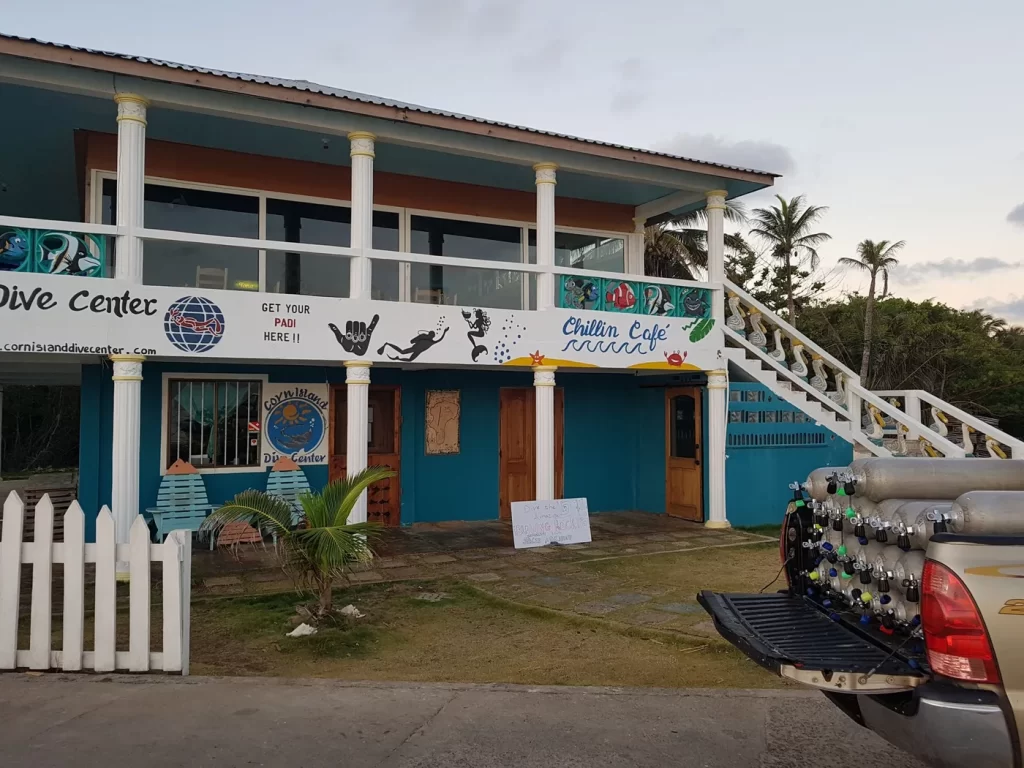
Dive stores: There are several dive stores and dive operators on both islands that offer dive services. They provide equipment rental, guided dives and certification courses for all levels of divers.
WARNING: Diving with certified operators is of vital importance.
Certified dive operators are trained to ensure diver safety. They follow standard procedures and protocols that minimize the risks associated with diving, such as decompression accidents, loss of visibility, buoyancy problems and other potential hazards. In addition, they have access to emergency equipment and know how to act in emergency situations in the water.

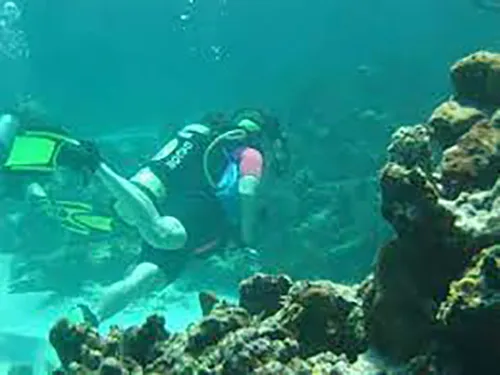
DIVING COURSES
Do you want to become a certified diver?
Certification: If you are not yet a certified diver, you can take advantage of the various certification courses offered on the islands. PADI (Professional Association of Diving Instructors) courses are common and available.
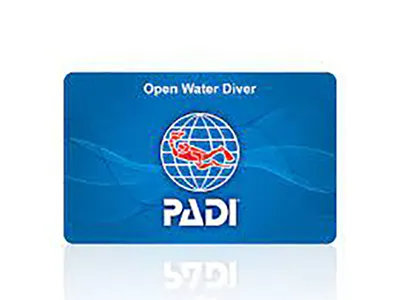
Best Diving Season
The best time to dive the Corn Islands is generally from November to May, when the weather is drier and visibility is optimal. During these months, conditions are more favorable for diving due to the following reasons:
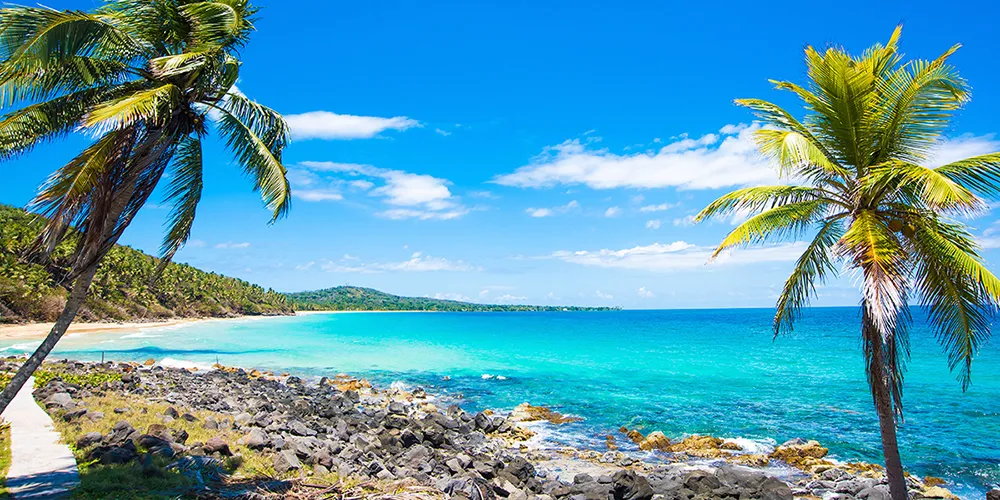
Climate: During the dry season, the Corn Islands, where Corn Island is located, experience a more stable climate with less rain and storms. This translates into calmer waters and better underwater visibility.
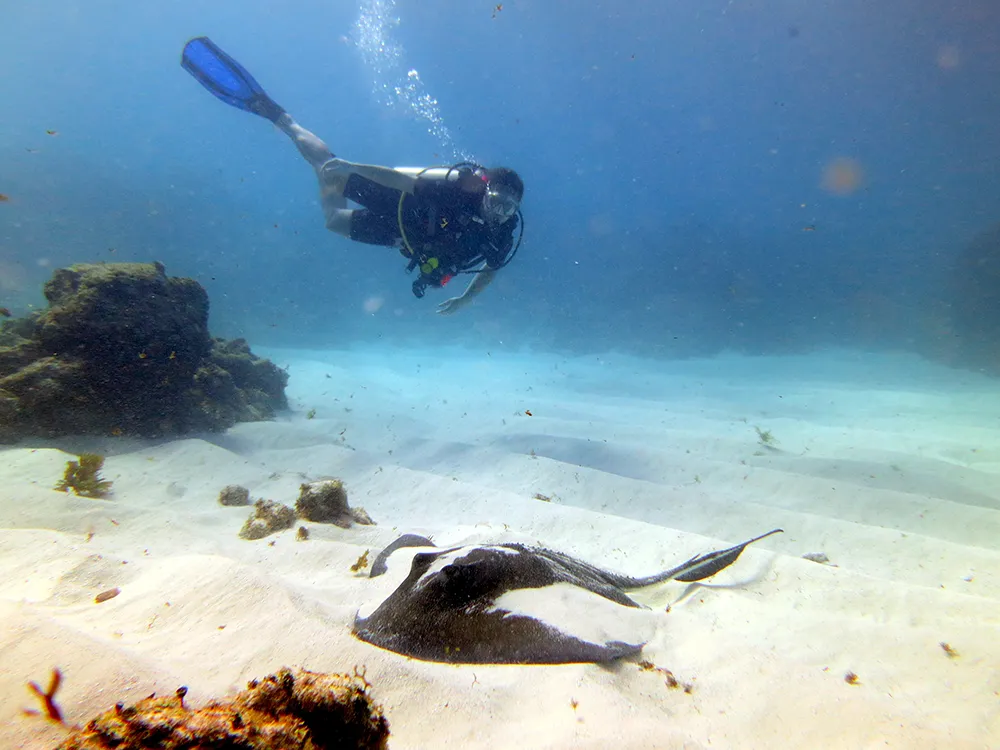
Visibility: Underwater visibility tends to be excellent during the dry season, often reaching up to 30 meters or more. This means you will be able to better appreciate the marine life and details of the coral reefs.
Water Temperature: Water temperatures are pleasant during the dry season, generally ranging between 26°C and 30°C (79°F – 86°F), which makes for comfortable diving without the need for thick wetsuits.

Less wind: During the rainy season, which runs from May to October, strong winds and unpredictable currents are more likely, which can make dives more difficult and reduce visibility.
However, it is important to note that Corn Island is a year-round dive destination. During the rainy season, it is possible to dive by obtaining adequate information from local operators.
Marine Ecosystem Preservation.

Be aware of the importance of preserving the delicate marine ecosystems by following responsible diving practices.
Several projects and organizations work on marine conservation in Corn Island and the protection of its marine ecosystems. Some of the conservation projects and actions being carried out in the region include:
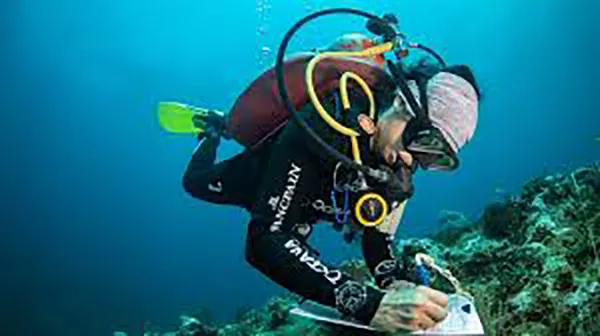
Coral reef monitoring: Local organizations and dive groups collaborate to carry out coral reef monitoring programs. This involves conducting regular research to assess coral health, identify threats, and take steps to protect and restore them.
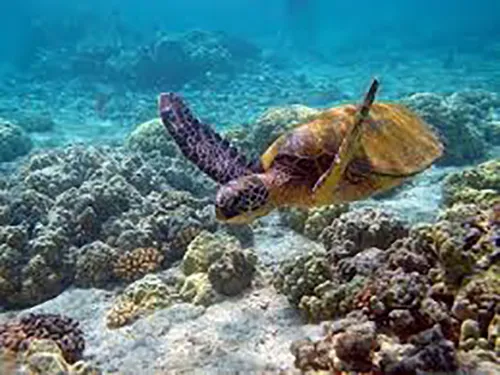
Sea turtle protection: The Corn Islands are an important nesting site for sea turtles, such as hawksbills and green turtles. Conservation projects work to protect turtle nests, educate the local community and visitors about the importance of sea turtles, and conduct patrols to prevent egg poaching and turtle capture.
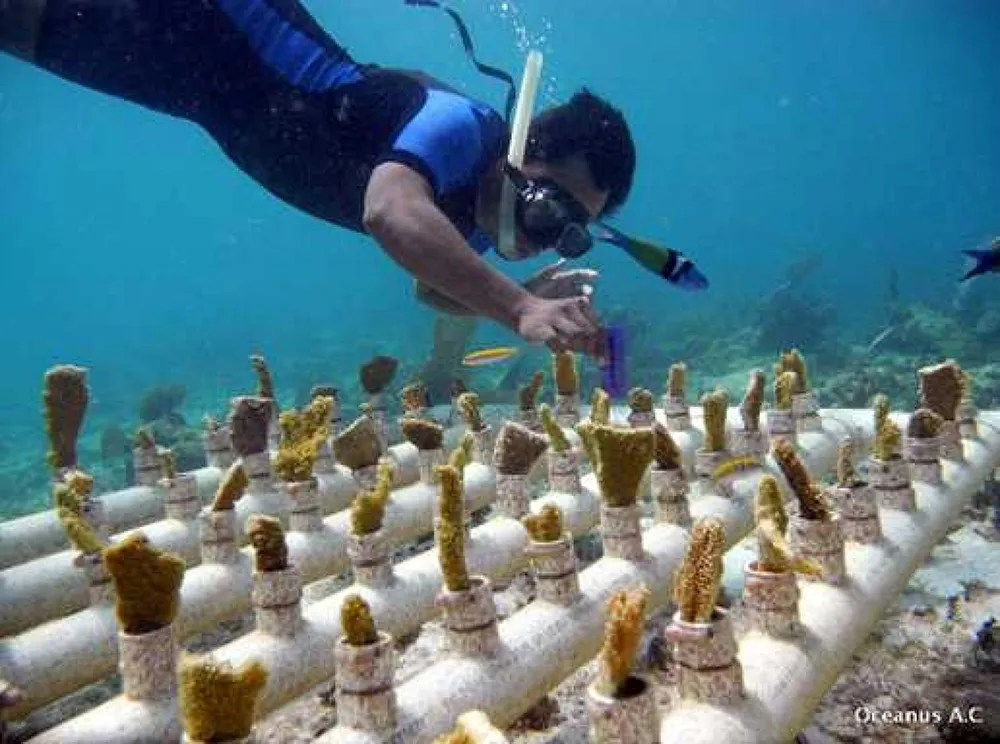
Coral reef restoration: Active coral reef restoration, which involves rearing corals in marine nurseries and then transplanting them to damaged areas, is a strategy used to help rehabilitate damaged or degraded coral reefs.

Environmental education programs: Local and international organizations conduct environmental education programs in local schools and with the community to raise awareness of the importance of marine conservation and encourage responsible practices.
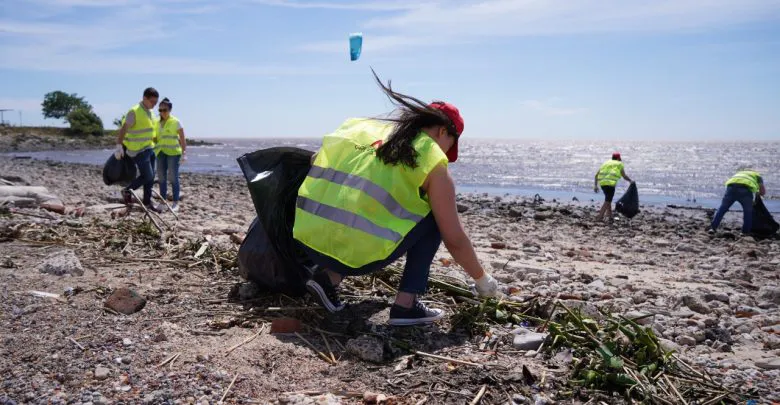
Marine Debris Cleanup: Removing trash and plastic debris from the marine environment is critical to maintaining coral reef health and protecting marine life. Regular beach and seabed cleanups are organized.
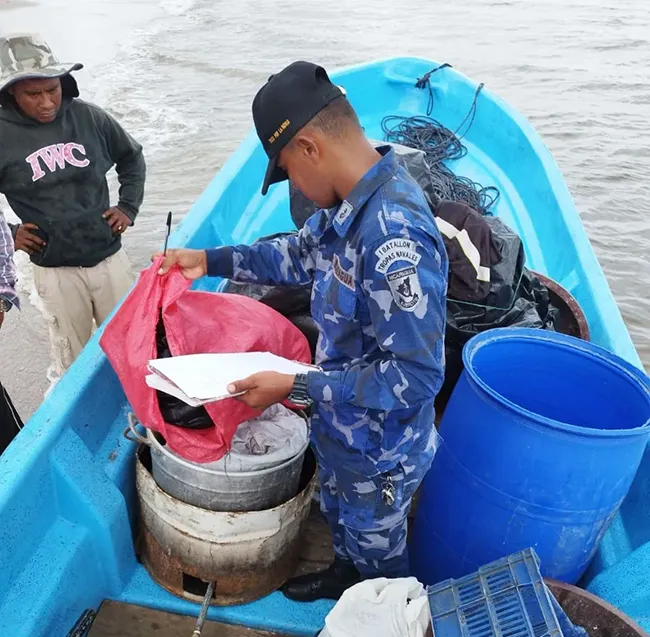
Controlling illegal fishing: Controlling illegal and destructive fishing is essential for the protection of marine resources. Projects work with local fishermen to promote sustainable fishing practices and help enforce fishing regulations.
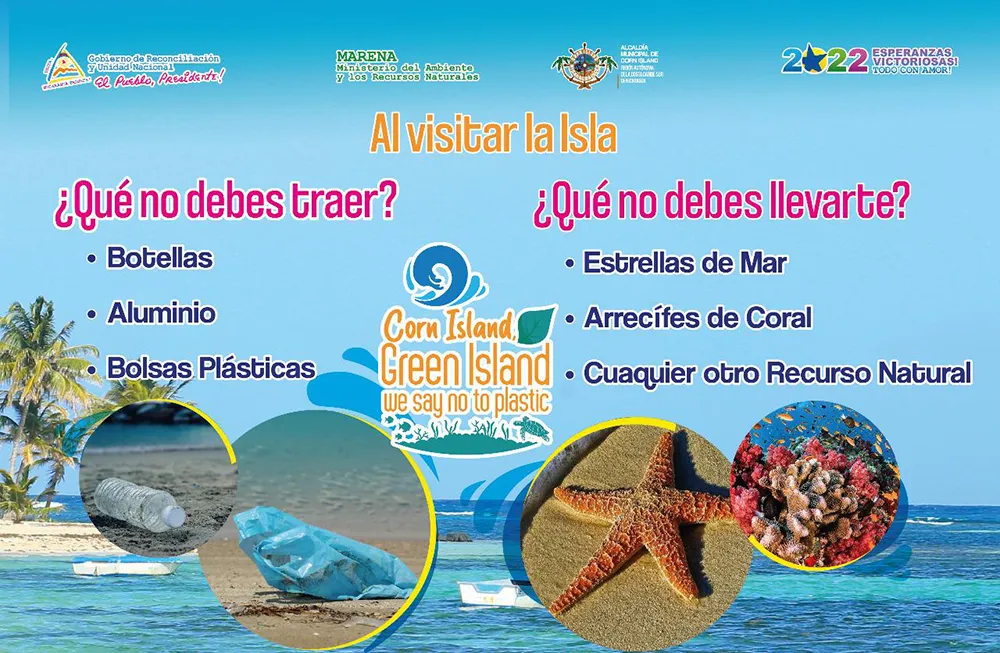
Support for marine protected areas: Islas del Maiz can establish marine protected areas or marine reserves to conserve critical habitats. Conservation projects work to promote and support these initiatives.
These are just a few examples of the marine conservation projects being carried out on Corn Island. Collaboration between local, national and international organizations, as well as the involvement of the local community and visitors, are essential to ensure the long-term protection of marine life in this incredible region of the Caribbean.
Corn Island is a Treasure Under the Waves!
In conclusion, Corn Island diving is an extraordinary experience that combines beauty and diversity in a unique way. These islands in the Caribbean offer an abundance of underwater treasures that make underwater exploration truly unforgettable.
We invite you to dive in the crystal clear waters of Corn Island, explore its underwater secrets and be part of the conservation mission that makes this place a Caribbean treasure.
